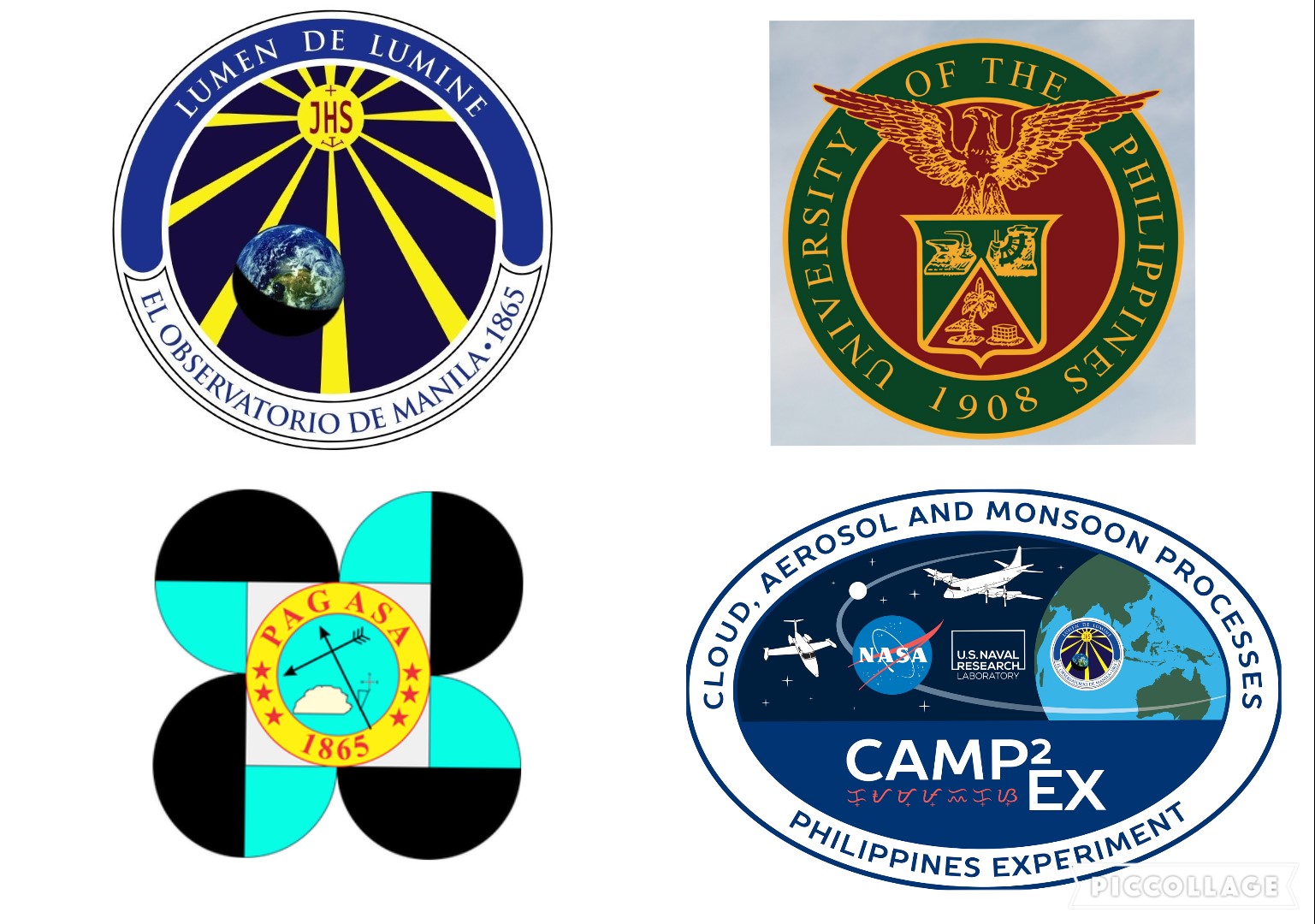The United States National Aeronautics and Space Administration (NASA) is partnering with Filipino scientists to study cloud formation during monsoon weather season in the Philippines.
The Clouds, Aerosol, and Monsoon Processes-Philippines Experiment (CAMP2Ex) is a NASA airborne mission scheduled for July to August 2019 designed to better understand cloud formation in the western part of the Philippines, one of the world’s most unpredictable geographic regions for weather and climate models.
Information from the US Embassy in the Philippines states the $20 million CAMP2Ex partnership between U.S. and Philippine agencies will map and model the meteorological system of the Philippines, generating high quality data needed for disaster risk reduction and preparedness.
NASA Philippine project partners include PAGASA, the Manila Observatory of Ateneo de Manila University, and the University of the Philippines.
CAMP2Ex describes the experiment as a study of the vicinity of the Philippines during the Southwest Monsoon “to characterize the role of anthropogenic and natural aerosol particles in modulating the frequency and amount of warm and mixed phase precipitation.”
In partnership with the Philippine research and operational weather communities, CAMP2Ex will provide a comprehensive 4-D observational view of the environment of the Philippines and its neighboring waters in terms of microphysical, hydrological, dynamical, thermodynamical and radiative properties of the environment, targeting the environment of shallow cumulus and cumulus congestus clouds.
Three core NASA focus areas are embedded within the project:
- Aerosol and cloud microphysics: To examine how aerosol particle concentration and composition effect the optical and microphysical properties of shallow cumulous and congests cloud,9 and how, ultimately, these effects relate to the transition from shallower to deeper convection.
- Cloud and Aerosol Radiation: To study how spatially inhomogeneous and changing aerosol and cloud fields impact three dimensional heating rates and fluxes, and determine the extent to which 3 dimensional effects may feedback into the evolution of the aerosol, cloud, and precipitation fields.
- Aerosol and cloud meteorology: Determine the meteorological features that are the most influential in regulating the distribution of aerosol particles throughout the regional atmosphere and, ultimately, aerosol lifecycle, and ascertain the extent to which aerosol- cloud interactions studies are confounded and/or modulated by co-varying meteorology.
The CAMP2Ex project will also connect Philippine scientists and students with more than 40 scientific experts from NASA and top U.S. research universities.











